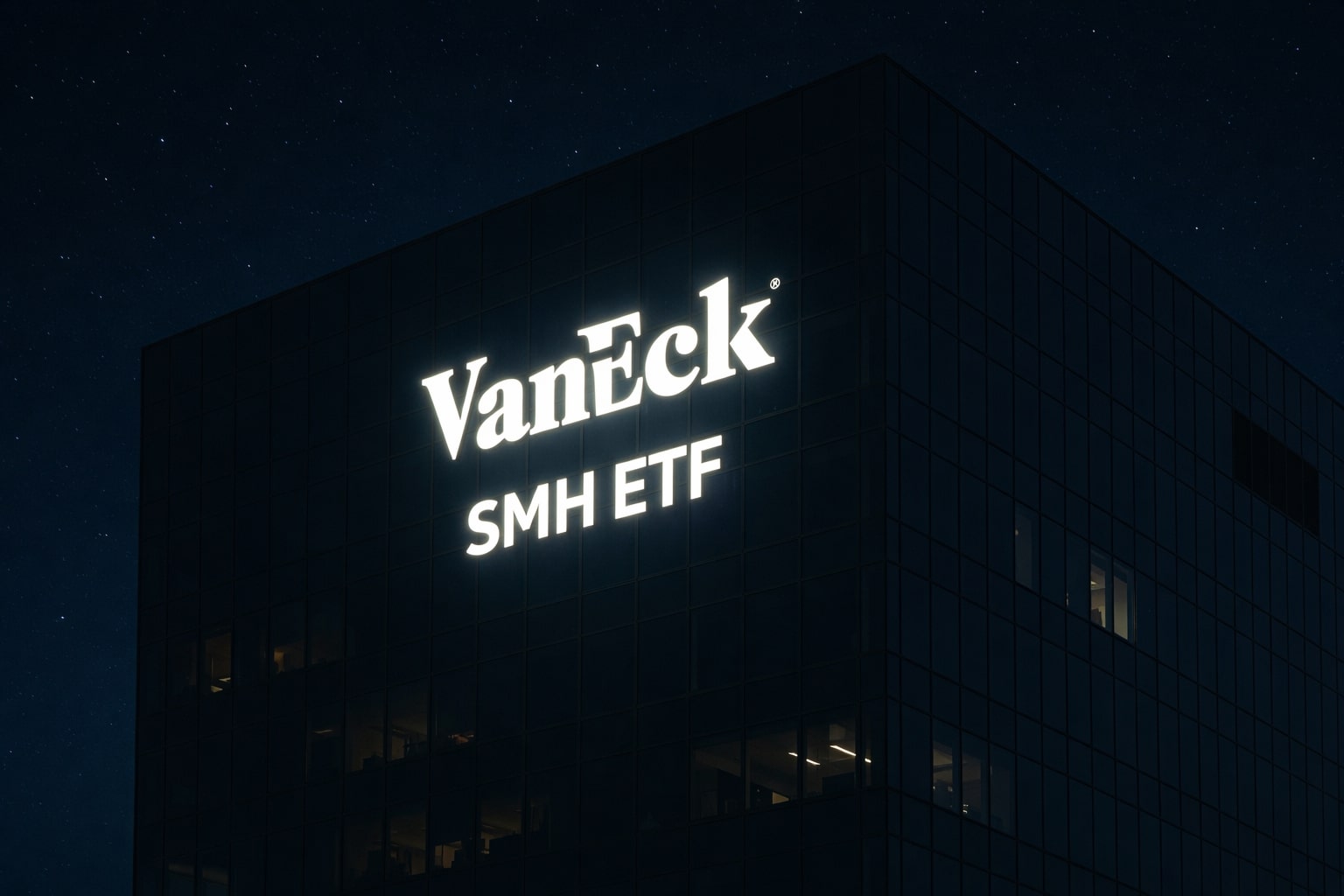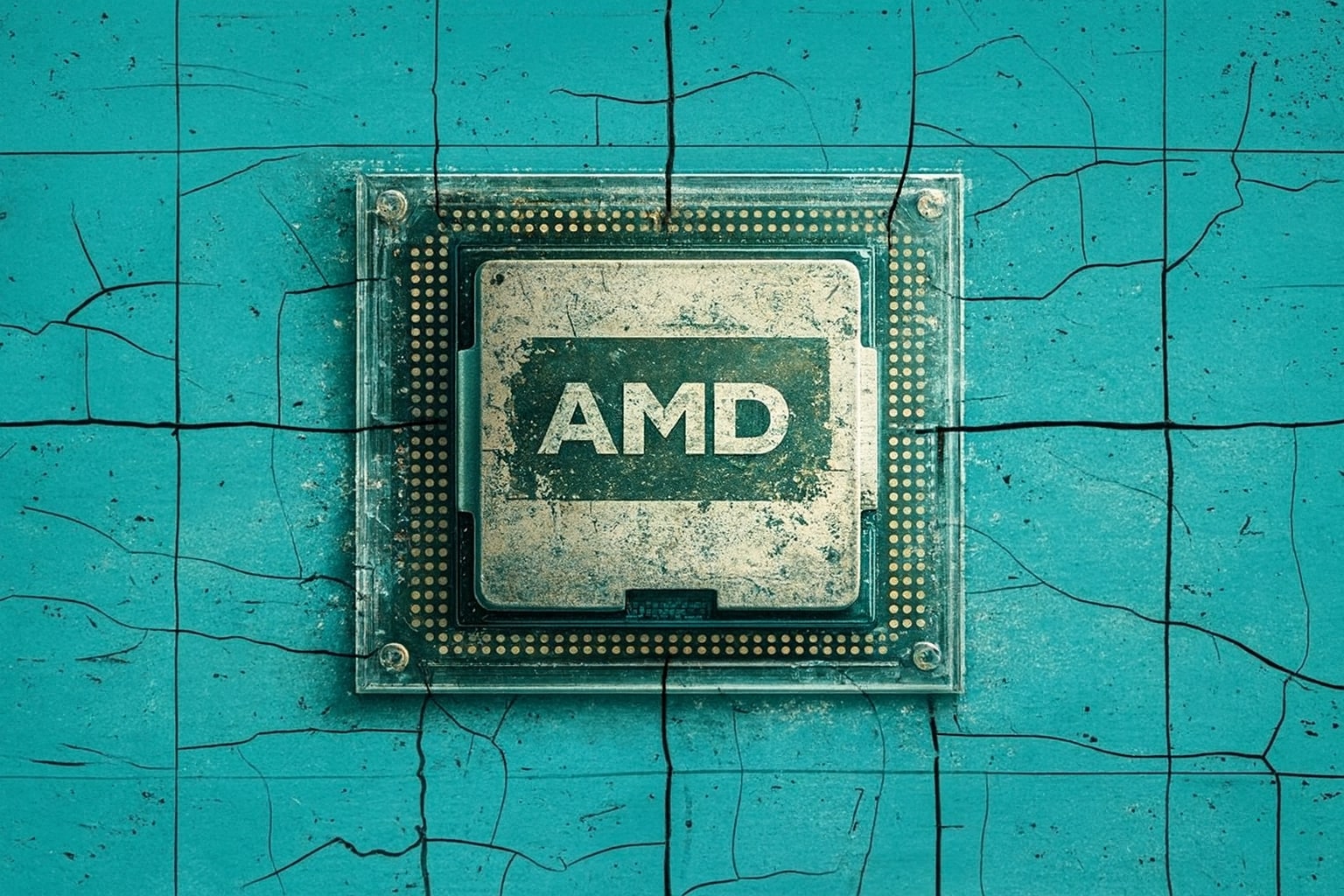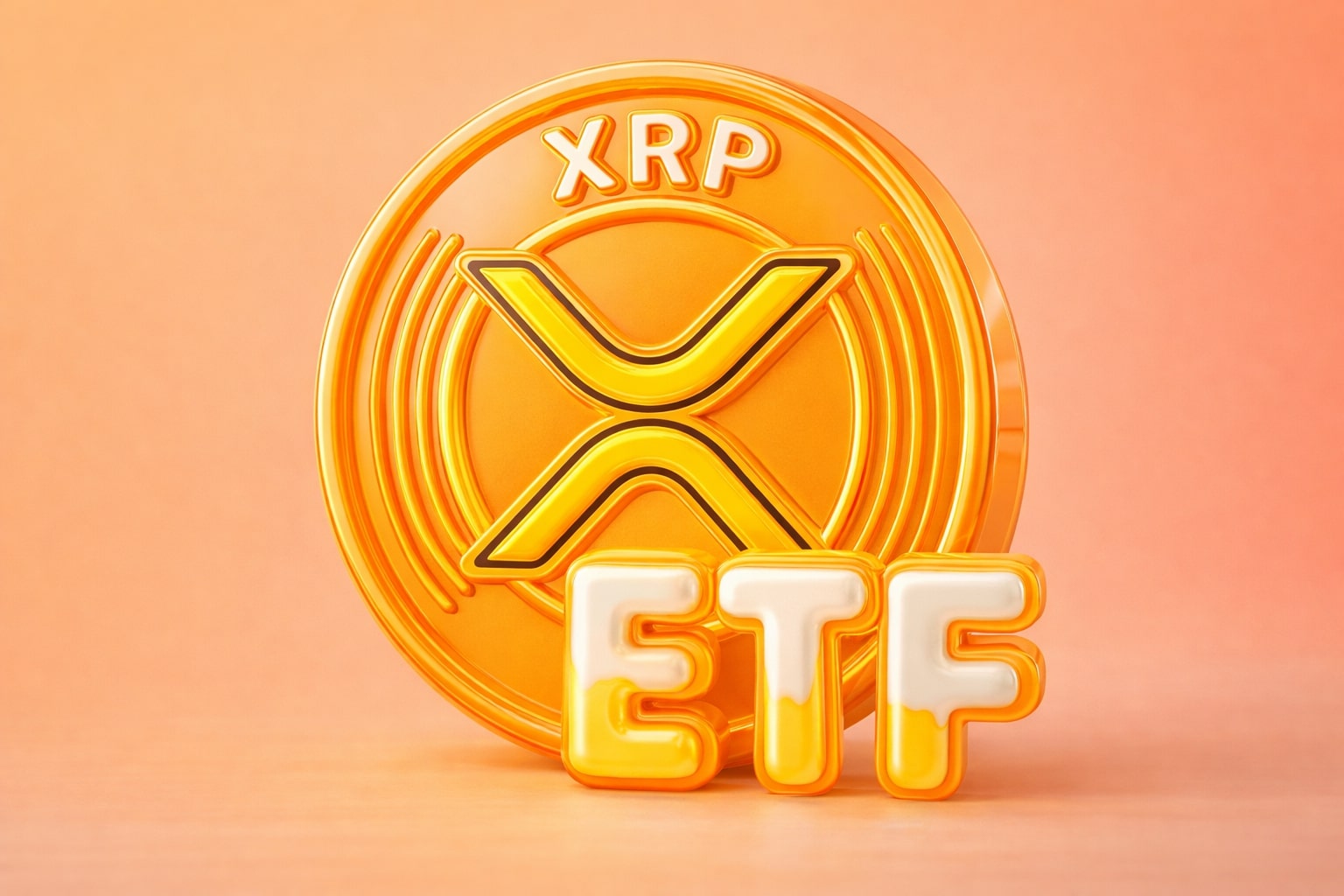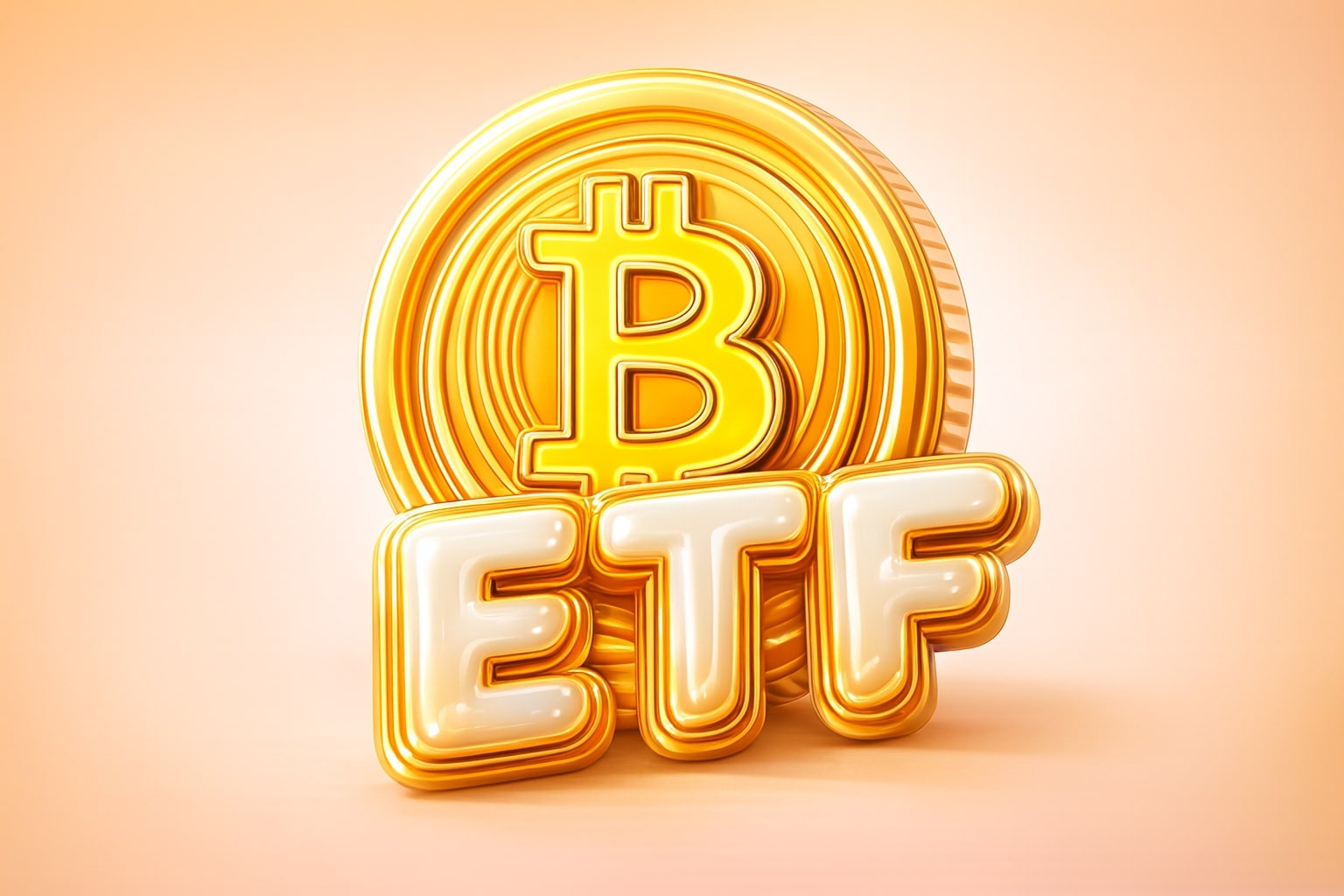
Stock Market Climbs to Record as S&P 500 Hits 6,173 and Nasdaq Surges
Markets shake off Canada tension as China trade pact, Fed hopes, and Nike rally drive gains | That's TradingNEWS
S&P 500 and Nasdaq Score Record Highs as Markets Shake Off Canada Shock and Bet on Fed Pivot
US stocks ended Friday in triumphant fashion, shaking off a volatile midday dip and closing at new record levels, as investors chose to focus on renewed trade clarity with China, cooling rate fears, and a tech-led earnings optimism cycle. The S&P 500 (^GSPC) surged 0.52% to 6,173.07, marking its first record close since February, while the Nasdaq Composite (^IXIC) closed at an all-time high of 19,943.29, reflecting strong capital flows into growth and AI-exposed sectors. The Dow Jones Industrial Average (^DJI) also jumped nearly 400 points, ending the session 1% higher at 42,947.92.
This bullish finish capped off a dramatic day where President Trump’s surprise announcement to terminate trade talks with Canada sparked temporary confusion and selloffs across major indices. However, late-session buyers returned aggressively, encouraged by the confirmation of a US-China trade pact, and growing conviction that the Federal Reserve may be forced into easing later this summer.
Trump Unleashes Canada Tariff Threat, But Markets Refocus on China Breakthrough
Mid-session price action turned turbulent when Trump took to social media, stating that the United States was “terminating ALL discussions on Trade with Canada, effective immediately.” The rationale, he said, was Canada’s digital services tax, which the White House views as disproportionately targeting American technology firms.
The S&P 500 (^GSPC), which had been hovering near its record intraday high of 6,089.92, dropped quickly to a session low of 6,087.60. Risk appetite dimmed further as Trump added that he would impose a new tariff regime on Canadian goods “within the next week.”
Further confusion emerged from his remarks at a press conference, where he offered conflicting guidance on the July 9 reciprocal tariff deadline, saying,
“We could extend it, we could make it shorter… We can do whatever we want.”
For investors already grappling with valuation pressures and macro uncertainty, this kind of executive volatility amplified near-term positioning risks. Yet despite the afternoon shakeout, markets shrugged off the drama, with traders returning to focus on China, the Fed, and earnings momentum.
US-China Trade Deal Provides Strategic Relief; Rare Earths Commitment Pivotal for US Tech Supply Chain
While Trump’s Canada comments grabbed headlines, the more consequential development for markets was confirmation of a finalized trade agreement between the US and China. According to Commerce Secretary Howard Lutnick, China has formally committed to begin rare earth mineral deliveries to the US, providing supply chain security to critical tech and defense sectors.
“Once that’s underway, we’ll take down our countermeasures,” Lutnick confirmed to Bloomberg.
The announcement validates the Geneva tariff truce struck last month, but importantly upgrades it to a contractual trade framework, verified by Chinese sources and embraced by US industrial leaders. The move is particularly meaningful for semiconductors, green energy tech, and EV manufacturing—sectors reliant on rare earth imports, over 80% of which come from China.
Wall Street interpreted this as a de-escalation event, giving the market a strategic tailwind and reviving optimism that the White House’s protectionist stance may be easing with key partners, even if Canada was temporarily sidelined.
Fed's Inflation Report Keeps Doves and Hawks at Odds as Slowdown Signals Mount
Simultaneously, the Federal Reserve’s preferred inflation measure—core PCE—came in above the 2% target for May, underscoring that price pressures remain sticky. However, the same dataset revealed pockets of weakness in discretionary spending and industrial production, creating friction between the Fed’s hawks and doves.
Chair Jerome Powell has maintained a cautious tone, suggesting that while inflation is above target, the Fed must weigh broader macro signals—many of which point to softening economic activity.
Market participants interpreted the report as net-dovish, with short-term interest rate futures now pricing in a higher probability of a rate cut before Q4, especially if the July CPI reading fails to show acceleration. The combination of Fed flexibility, cooling yields, and global policy easing has made equities more attractive despite elevated valuations.
Nike (NKE) Leads Footwear Rally With 15.19% Surge After Signaling Profit Recovery
One of the session’s biggest stock-specific stories came from Nike Inc. (NYSE:NKE), which soared 15.19% to $72.04, after the company told investors it expected profit and sales declines to narrow meaningfully in the coming quarter. Nike’s forward guidance suggested a resilient demand picture, despite macro headwinds and steep tariff costs.
Nike revealed that tariff-related costs will reach nearly $1 billion, driven by continued exposure to China in its sourcing strategy. However, its diversification efforts across Vietnam, Indonesia, and Latin America are beginning to offset margin compression, which boosted confidence in forward earnings.
The rally extended across the broader athletic and footwear sector:
-
On Holding (ONON) gained 1.8%
-
Adidas (ADS.DE) advanced 3.8%
-
Crocs (CROX) climbed 2.7%
The rebound in this consumer discretionary pocket also signaled that investors are selectively re-risking into names with pricing power and clear execution narratives, especially heading into Q2 earnings season.
S&P 500’s +5% YTD Lags Global Peers as International Markets Dominate 2025
Despite the new highs, the S&P 500’s 2025 performance remains tepid compared to international equity markets, which have outperformed dramatically on the back of fiscal stimulus, strong industrial recovery, and weak US dollar dynamics.
YTD performance across global equity benchmarks:
-
South Korea (KOSPI): +37%
-
Germany (DAX): +28%
-
Mexico (IPC): +27%
-
Hong Kong (Hang Seng): +20%
-
MSCI All-Country World ex-US Index: +15%
-
S&P 500 (^GSPC): +5%
These gains suggest that capital rotation into emerging markets and undervalued developed economies is firmly underway, as investors look for growth beyond the US large-cap tech complex. While the Nasdaq has been a star performer, the broader S&P has lagged, especially as defensive sectors like utilities and healthcare underperform.
Analysts Warn of Choppy Summer Despite Record Closes: Valuations Stretched, Seasonals Weak
Even with record closes, strategists are urging caution heading into July–September, as valuations hover near historical extremes, and seasonal volatility historically rises after Q2.
Keith Lerner, co-chief investment officer at Truist, highlighted that while technical indicators remain bullish, fundamentals are being tested.
“Valuations are stretched. Long-term investors should stay allocated, but they must adjust their expectations. The market will face resistance without stronger earnings or a rate cut.”
S&P 500’s forward PE ratio now stands above 22x, a level not seen outside of low-rate environments or major liquidity cycles. Unless earnings growth significantly outpaces expectations, multiples could compress if Fed policy remains hawkish.
At the same time, liquidity conditions are tightening globally, and upcoming tariff deadlines, including the ambiguous July 9 marker, add binary risk events to the mix.
That's TradingNEWS
Read More
-
SMH ETF: NASDAQ:SMH Hovering at $350 With AI, NVDA and CHIPS Act Fueling the Next Move
16.12.2025 · TradingNEWS ArchiveStocks
-
XRP ETFs XRPI and XRPR: Can $1B Inflows Lift XRP-USD From $1.93 Back Toward $3.66?
16.12.2025 · TradingNEWS ArchiveCrypto
-
Natural Gas Price Forecast: NG=F Falls to $3.80–$3.94 as Warm Winter Kills $5.50 Spike
16.12.2025 · TradingNEWS ArchiveCommodities
-
USD/JPY Price Forecast - USDJPY=X Slides, BoJ 0.50% Hike, Fed Cut and NFP Set the Next Big Move
16.12.2025 · TradingNEWS ArchiveForex


















